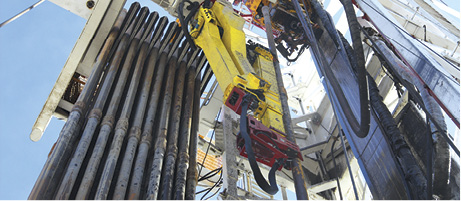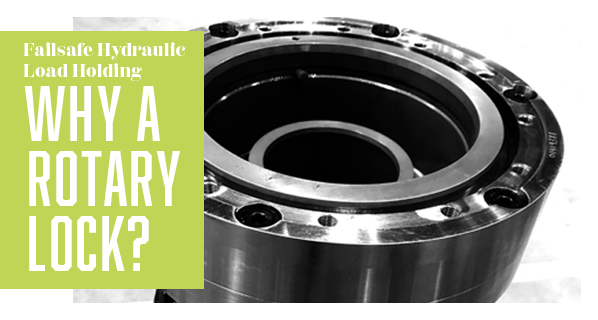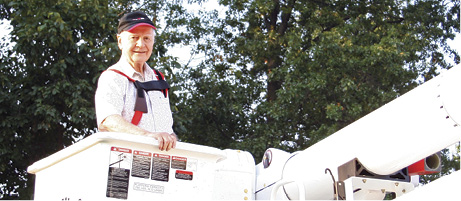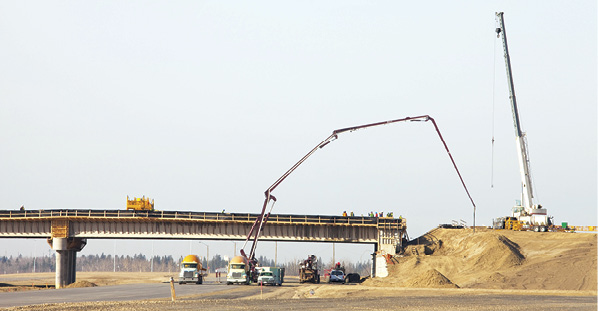Research to Watch: Control and Diagnostic of Electro-Hydraulic Machines
This column will bring you the progress of the pre-competitive research being conducted at member universities that are part of the CCEFP network. This research will help give insight into the future direction of fluid power.
The Center for Compact and Efficient Fluid Power (CCEFP) holds a monthly forum, highlighting research, workforce, and special topic presentations.
CCEFP is a network of fluid-power-research laboratories, academic faculty, graduate and undergraduate students at nine universities. It is also a National Science Foundation Research Center. For more information on CCEFP, visit www.ccefp.org.
Since 2014, the National Fluid Power Association (NFPA) Foundation has supported and is helping to expand the pre-competitive fluid-power-research activities of the CCEFP, dramatically increasing the number of institutions and students impacted by its research program. For more on NFPA, visit www.nfpa.com/aboutnfpa/missionfocus.aspx.
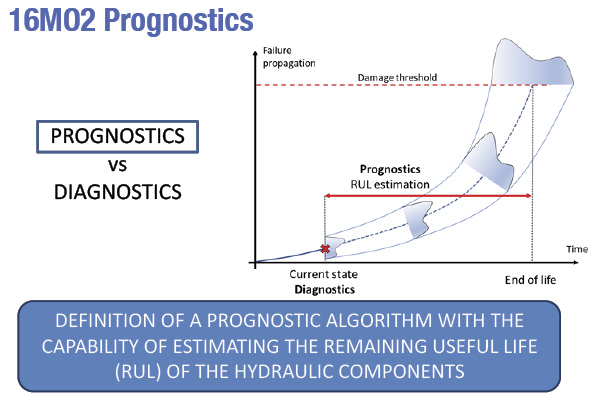
Presented By: Andrea Vacca, Project PI, Presenter and professor of fluid power systems, and Alberto Ascoli, Graduate Student
Institution: Purdue University
PURPOSE
Electro-hydraulics has enabled advanced control techniques to develop throughout the field of mobile hydraulic machine manufacturing. The goal of the investigation is to test how well can an electro-hydraulic machine, in this instance, the 16MO2, can adapt to a large variety of conditions and perform additional parameters. While analyzing the general applicability of mobile hydraulic machines, the researchers also sought to examine how the control parameters are related to the machine’s dependency.
PROGRESS
Choosing to stay away from extremely complex operations to test the control dexterity under specific parameters, the research team focused on the independent metering valve block of the 16MO2 for their diagnostic review. The unloading valve, meter-in valve, and meter-out valve provided a closer look at the correlation between controller cost functions and faults analyzing the volumetric efficiency, meter-in friction, cylinder friction, and unloading valve friction.
Next came the investigation of experimental validation to test the reproduction of faults (cylinder faults, pump faults, meter-in/meter-out valve faults, etc.) in the outerboom cylinder. In doing so, the researchers modified the cylinder fault with an adjustment to reduce leakage. This simulated the cycles of accelerated pump usage, translated as valve opening evolution, because a pump can have different aging cycles based on a number of conditions. The tests allowed the researchers to develop a prognostic algorithm capable of estimating the remaining useful life (RUL) of the hydraulic components.
NEXT STEPS
The analysis of the life of the pump did follow the research team’s algorithm, affording them the ability to correctly simulate the RUL and predict the pump’s life span under a variety of conditions, from generalized hazard functions to specialized hazard functions. The isolated fault analysis, specifically at the pump and valve faults, has provided enough information through simulation and data acquisition that the researchers are ready to explore how sensitive the control algorithm is to valve performance.
After concluding the 16MO2 project, the team gathered the diagnostic algorithm with data-driven methods, the simplified open-center system, and control strategy for independent metering to create a new goal. Going forward, the research team recognizes that the critical component of mobile hydraulic machines is the meter-out valve. As it is where the algorithm is the most delicate or sensitive in the experiment, their new efforts will now focus on the experimental validation of the meter-out valve and how it affects component life distribution and concurrent component degradation.


